Incisions
An incision is no more than a cut, but in medical usage it has come to mean a deliberate cut made by the surgeon, as opposed to an accidental cut which in “doctorspeak” is called a laceration.
The superficial incision is made to alter the position or shape of superficial structures, and the surgeon’s usual major concern is that the ultimate result should not be unsightly as the result of the scar, for all incisions when they heal will leave a scar. This may be almost invisible, or according to the nature of the skin and the placing of the incision, may be heaped up and thickened, known as a keloid.
The deep incision is made in order to expose the tissue deep to the skin, that requires the surgeon’s attention; it is therefore “planned,” not haphazardly performed, and planned not only to expose the tissue that needs attention, but also to avoid other tissues which lie between the skin and the target structure and might be damaged in the exploration. It is further planned in such a way that should a larger incision be required it will be facilitated by the choice of the initial positioning of the cut – known as extensile exposure and illustrated books are written on this subject – another reason why the surgeon is expected to know his anatomy.
There was a time when the maxim was, “Big incision means big surgeon” with the intended corollary. But times have changed, and although we have not yet reached, “Little incision equals big surgeon” the patient values a small scar and “keyhole surgery” has become the norm, in particular with so much surgery now performed with the aid of the endoscope or even the robot.
Another issue in the placing of the incision is the structure of the skin which folds readily in one plane but not in another; an incision made across the fold will produce in general a less slightly scar than the ones made along it; such incisions can in fact be hidden quite often within the fold.
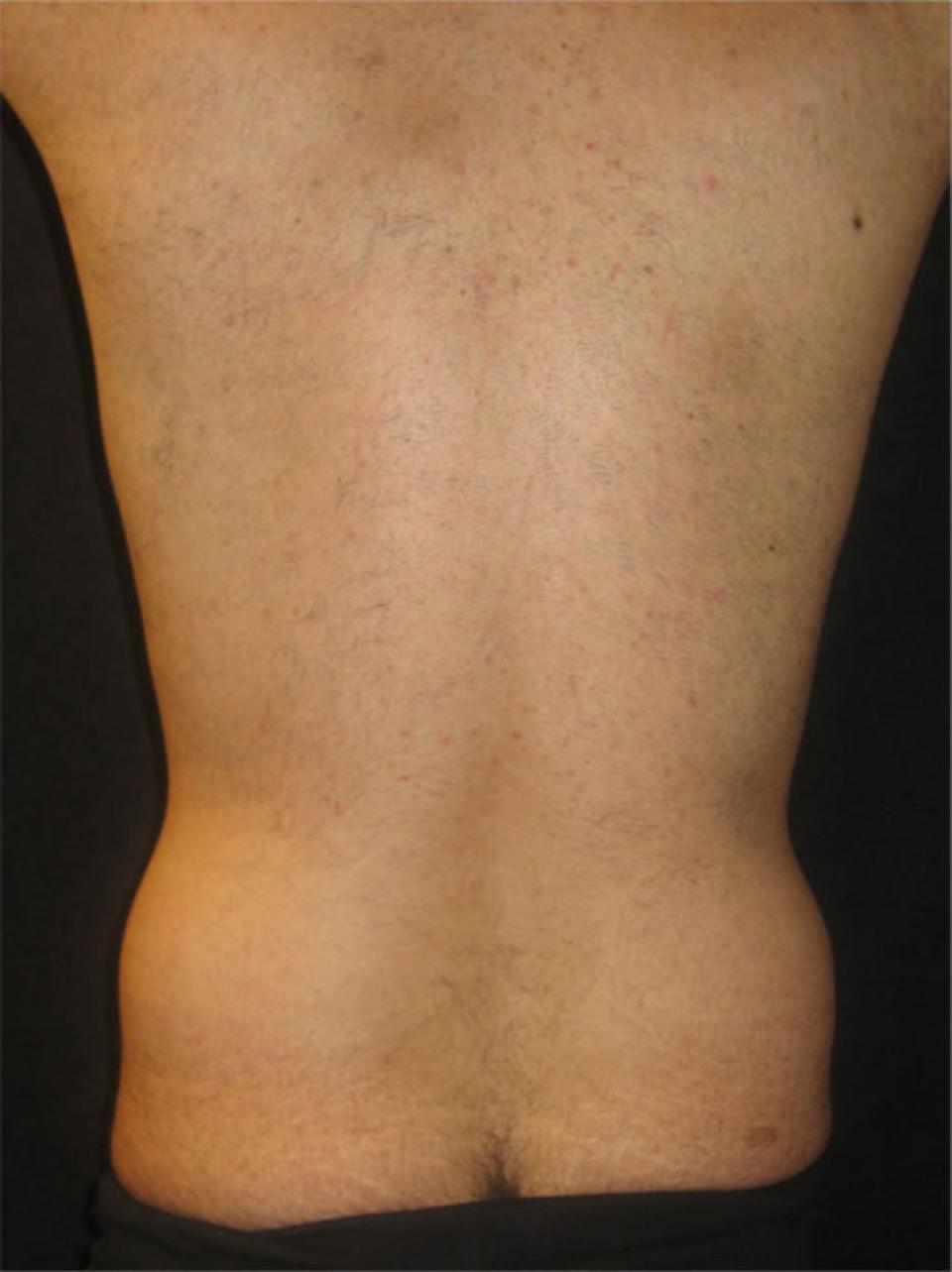 before
before
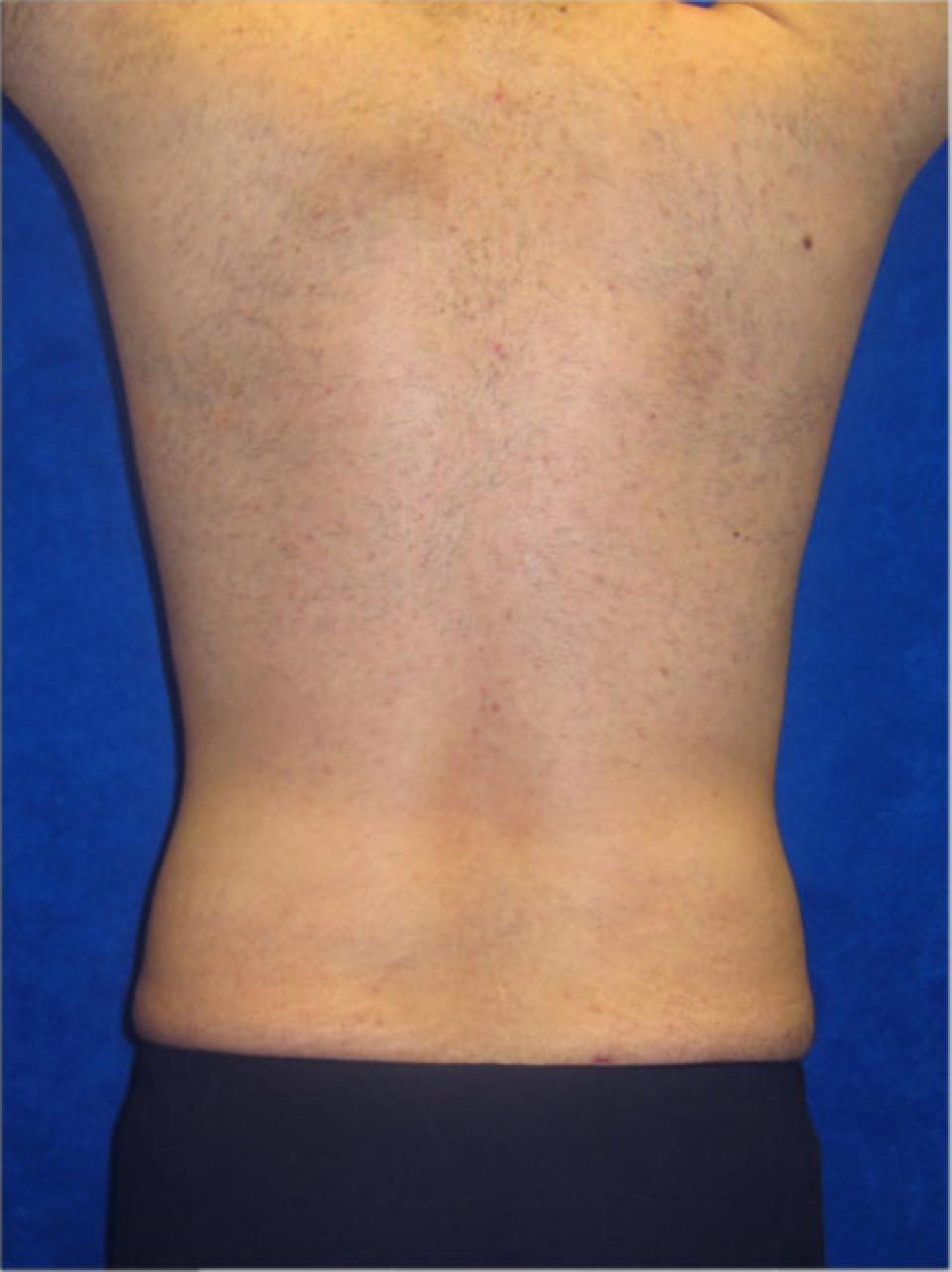 after
after
This case depicts a 34 year old man who was concerned with the appearance of excess fat above his buttocks.
In both men and women, this area is sometimes referred to as "the love handles," and it is especially responsive to liposuction. I tend to use ultrasound assisted liposuction in this area because it allows me to remove fat more evenly and more thoroughly. The incisions are easy to hide in most swimwear and the results can have a profound effect upon the male physique.
The post-operative photographs depict this man's appearance approximately six weeks after surgery.
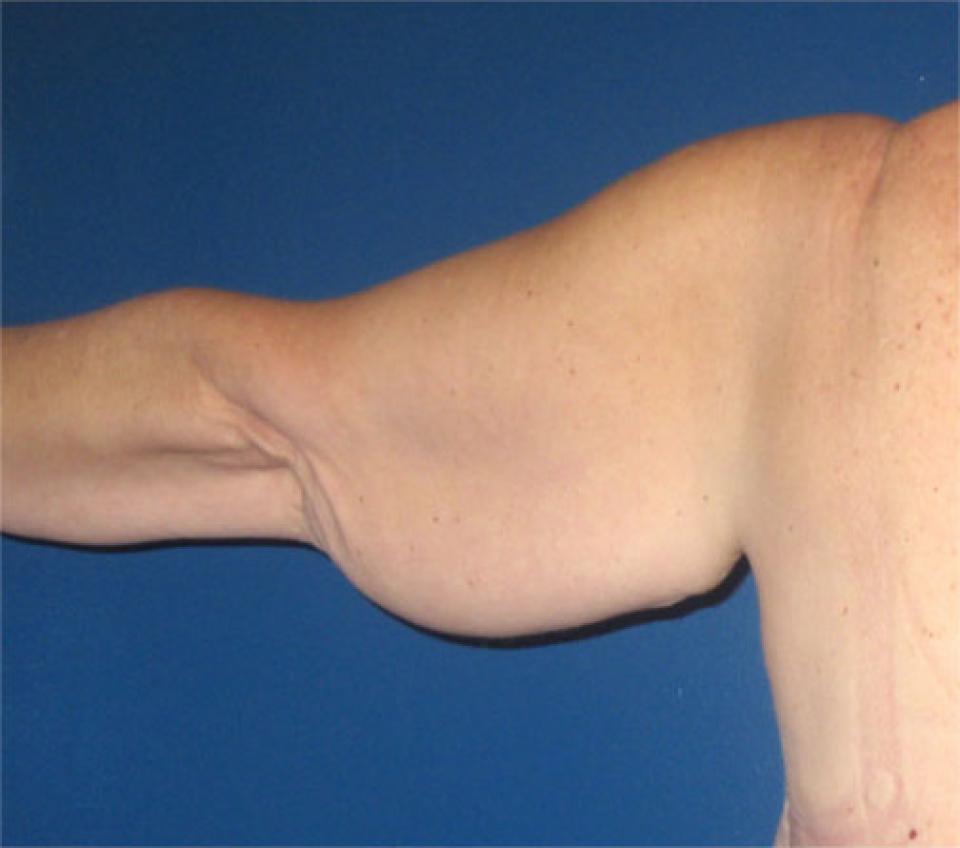 before
before
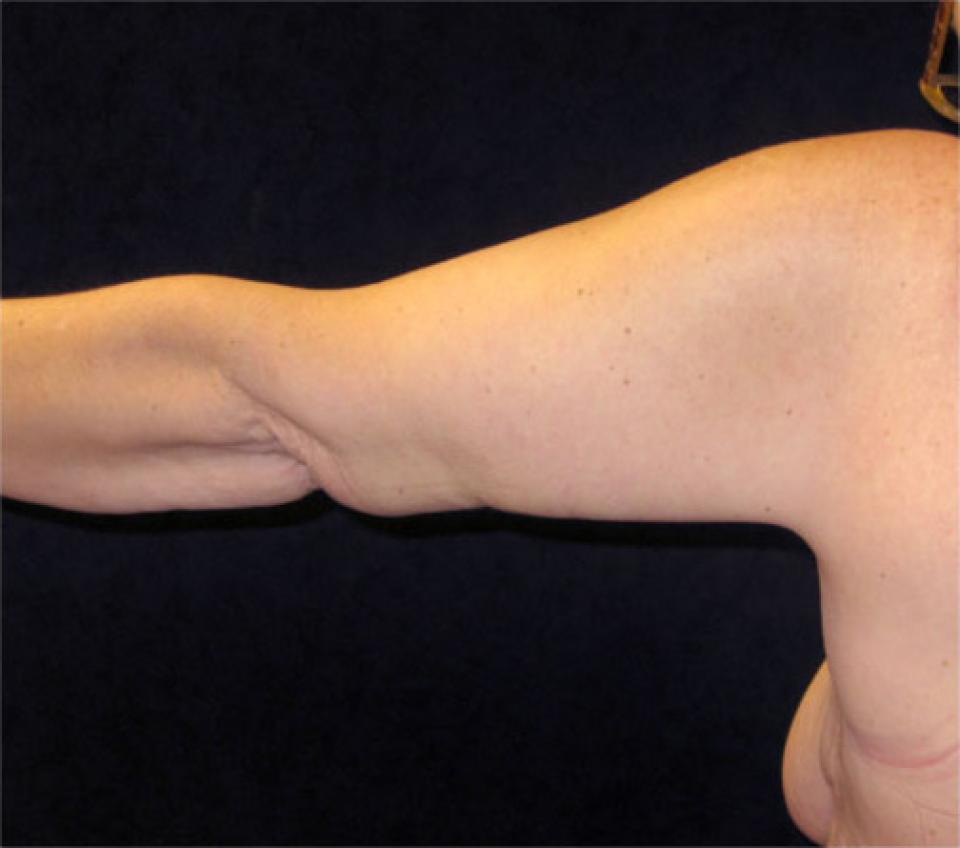 after
after
This case depicts a 55 year old woman who after losing almost 100 pounds had developed sagging skin in the upper arms. Because of the significant skin excess that remained after such dramatic weight loss, liposuction alone was not possible as a method of arm contouring.
Although this procedure involves an incision beginning in the arm pit or axilla and extending down toward the elbow, the results allow individuals to fit into items of clothing in which they could not prior to their surgery.
The post-operative photographs depict this woman's appearance approximately six months after surgery.
 before
before
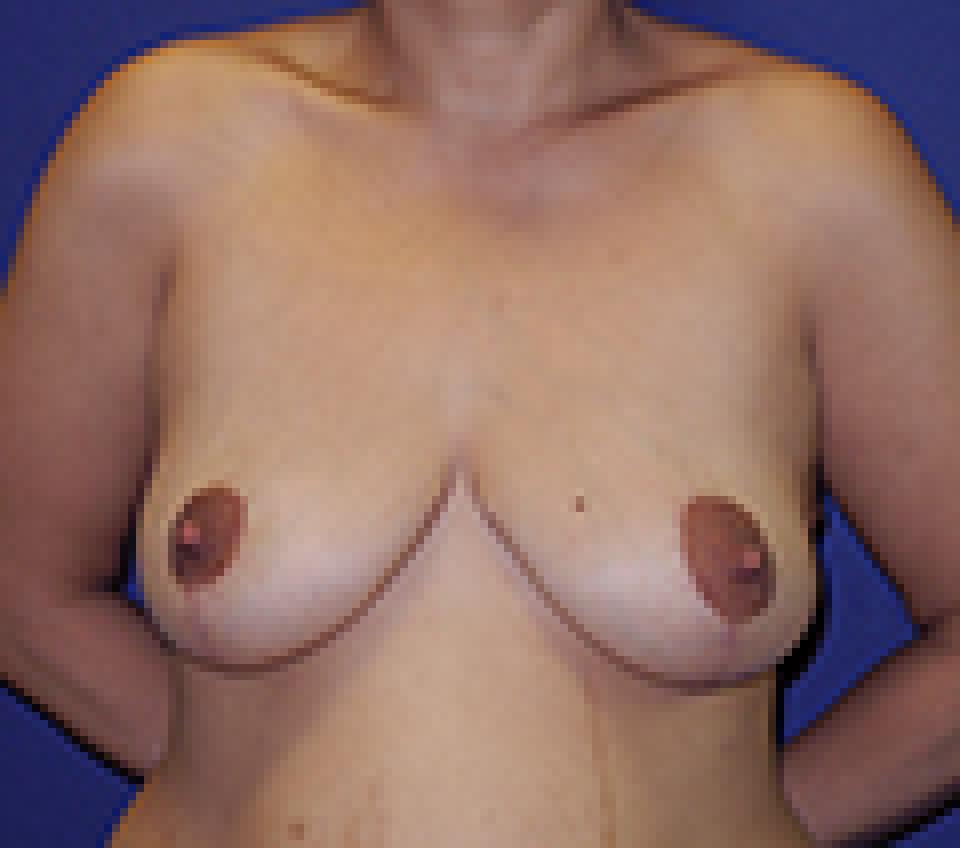 after
after
This 26 year old woman reached her plateau weight after losing 74 pounds following bariatric surgery. She had a breast lift or mastopexy using a technique which leaves behind scars in the shape of an “anchor.”
In some patients who lose a large amount of weight, the natural end point of the breast laterally disappears and the breast appears to continue around towards the back. This is what has happened to this woman.
In selected individuals who have this problem, the “anchor” scar type breast lift can be amended to remove that skin excess on the side of the body beneath the arm. This is the reason that I selected that particular breast lift technique in this woman even though the scars that it leaves behind are longer and more difficult to conceal in a swimsuit.
Looking at her photographs after surgery, it is obvious that there is no longer a "wing" of skin that continues laterally towards the back. Instead, the breast has a round shape and ends as it typically does before the side of the body that lies beneath the arm.
Unfortunately, there is now a visible scar there. This is an example of what I refer to as a “trade off” in plastic surgery. It is important to decide what is more important to each individual patient- a scar or better contour. Sometimes, it is not possible to have both!
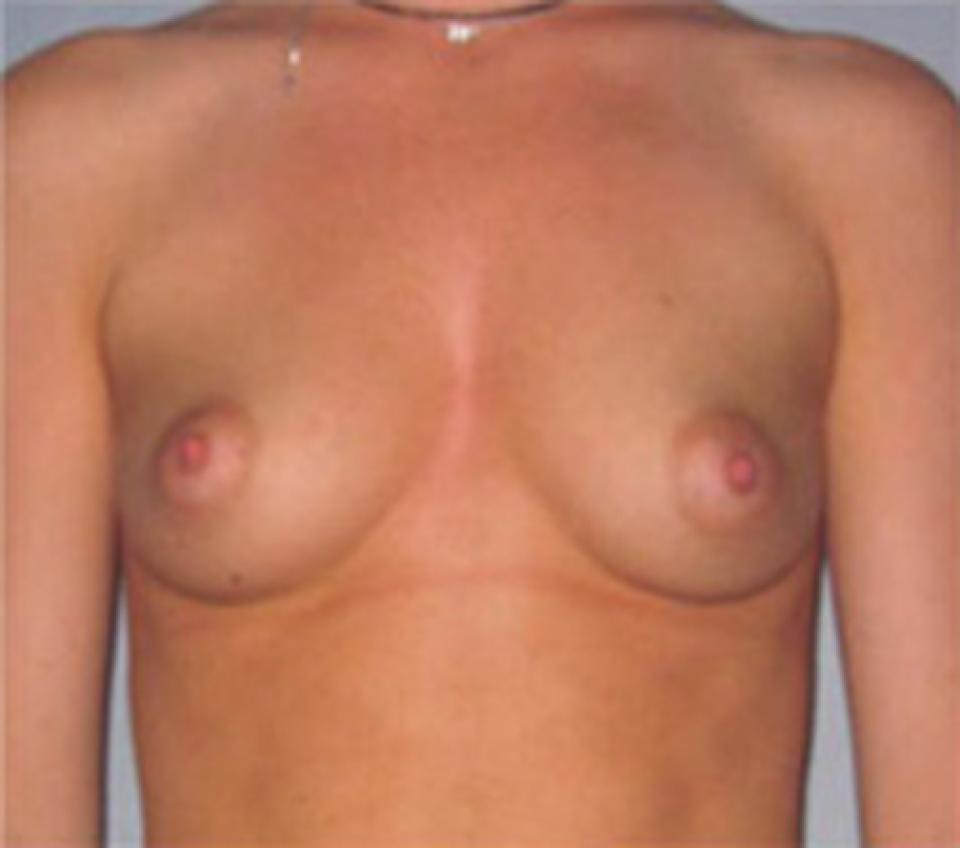 before
before
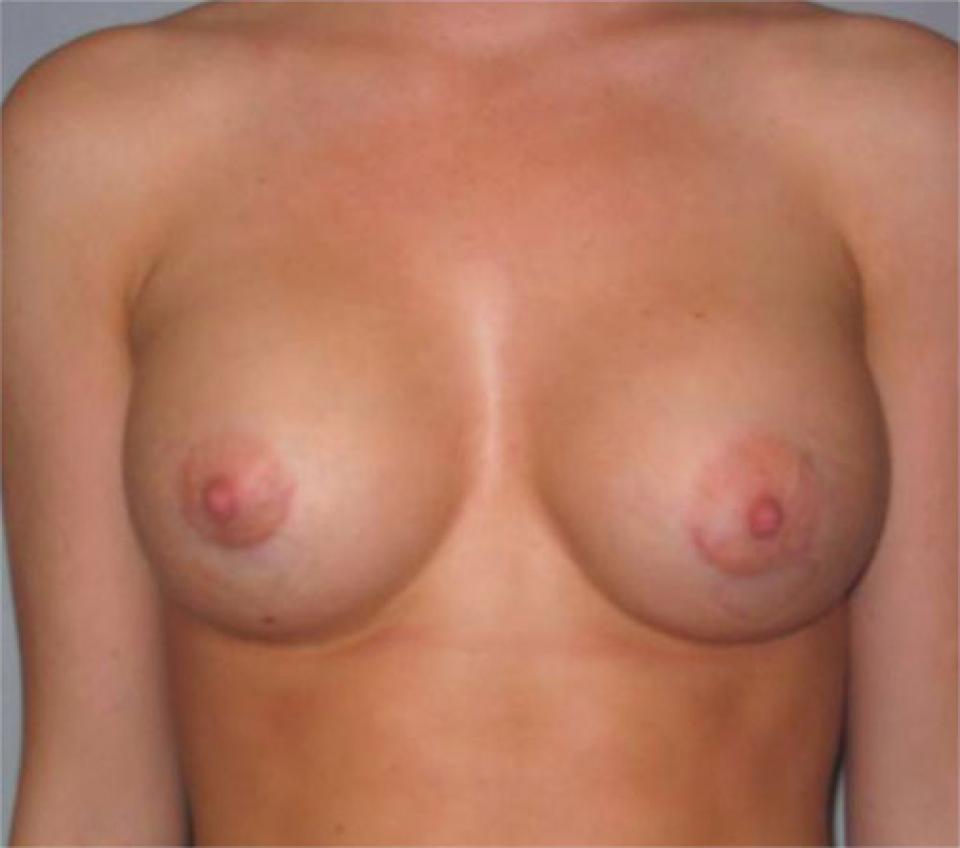 after
after
The following photographs depict an 18 year old woman who wished to have a larger and fuller bust. She underwent breast augmentation with smooth, round 330 cc saline implants.The implants were placed beneath her pectoralis muscles using incisions placed within the areolas.
The post-operative photographs depict her at approximately 6 months after her surgery. Peri-areolar incisions can heal nearly imperceptibly. They are hidden in virtually all fashions and swimwear. Dr. Belsley can place either saline or silicone implants through this type of incision.
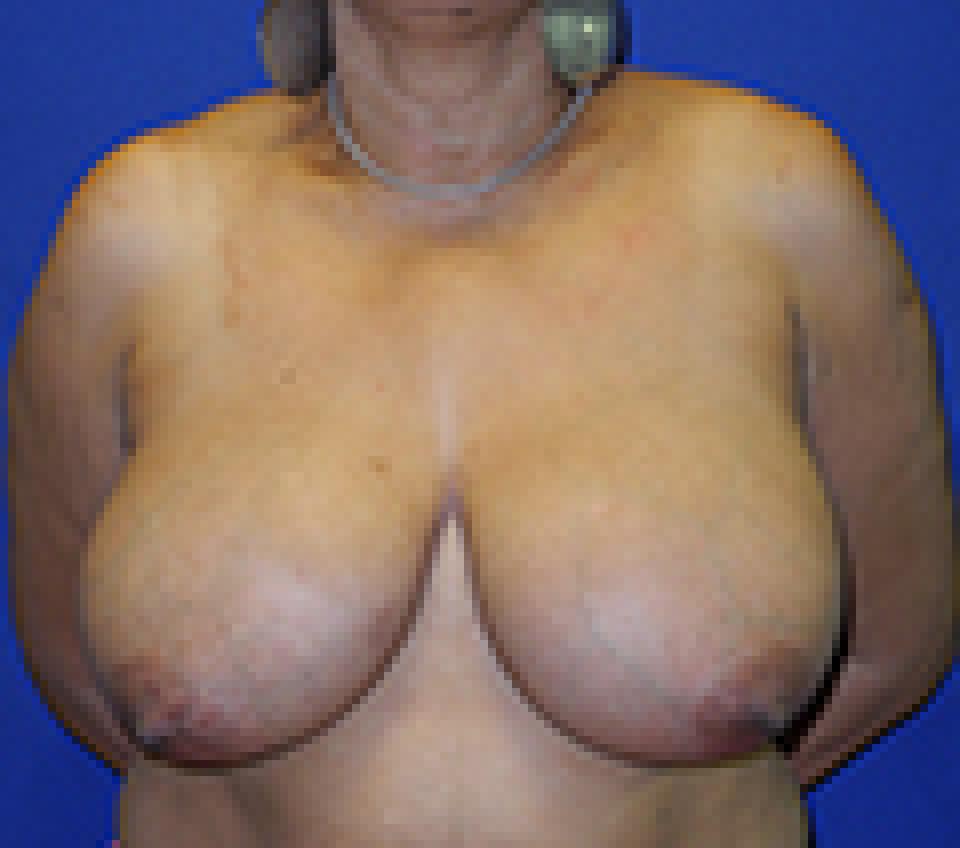 before
before
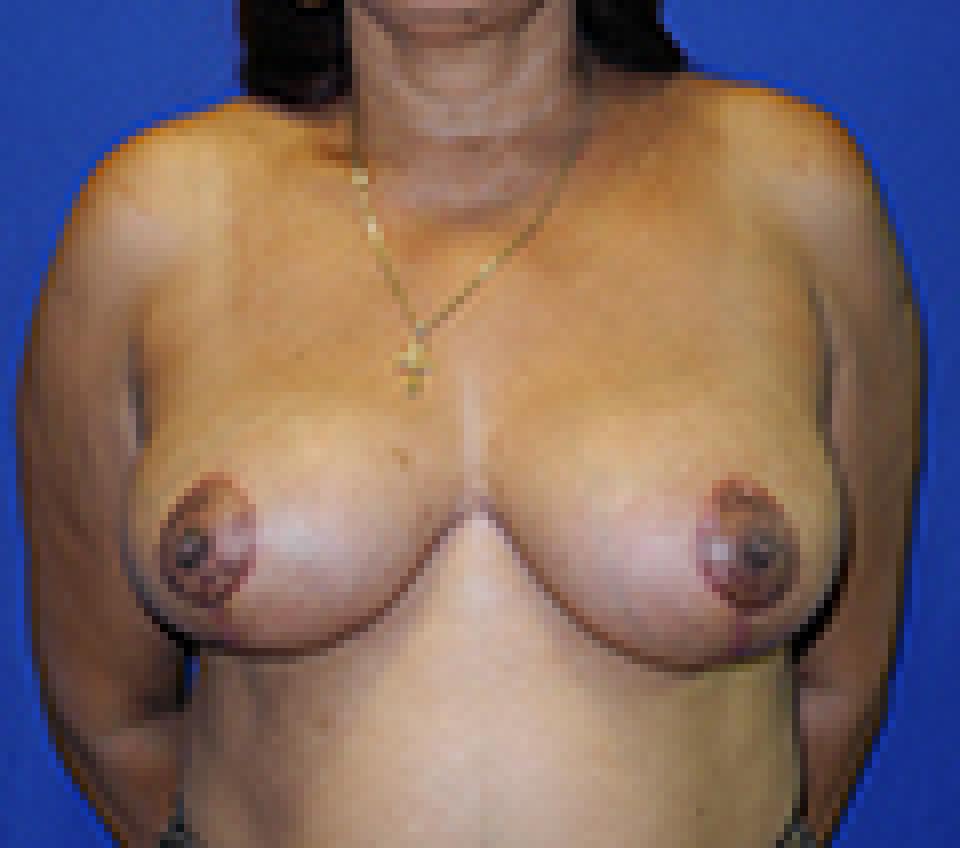 after
after
This 40 year old woman underwent breast reduction in which approximately one and a half pounds of tissue was removed from each breast. The remaining breast tissue was then rearranged to form a new breast shape that is shorter and rounder. This "rearrangement" process is very similar to what is done in a breast lift and in fact, each breast reduction I perform includes a breast lift.
In this individual’s case, the incisions used to perform the breast reduction were of the “lollipop” or short scar type. This method of breast reduction avoids any incisions in the cleavage and in most instances along the lower fold of the breast.
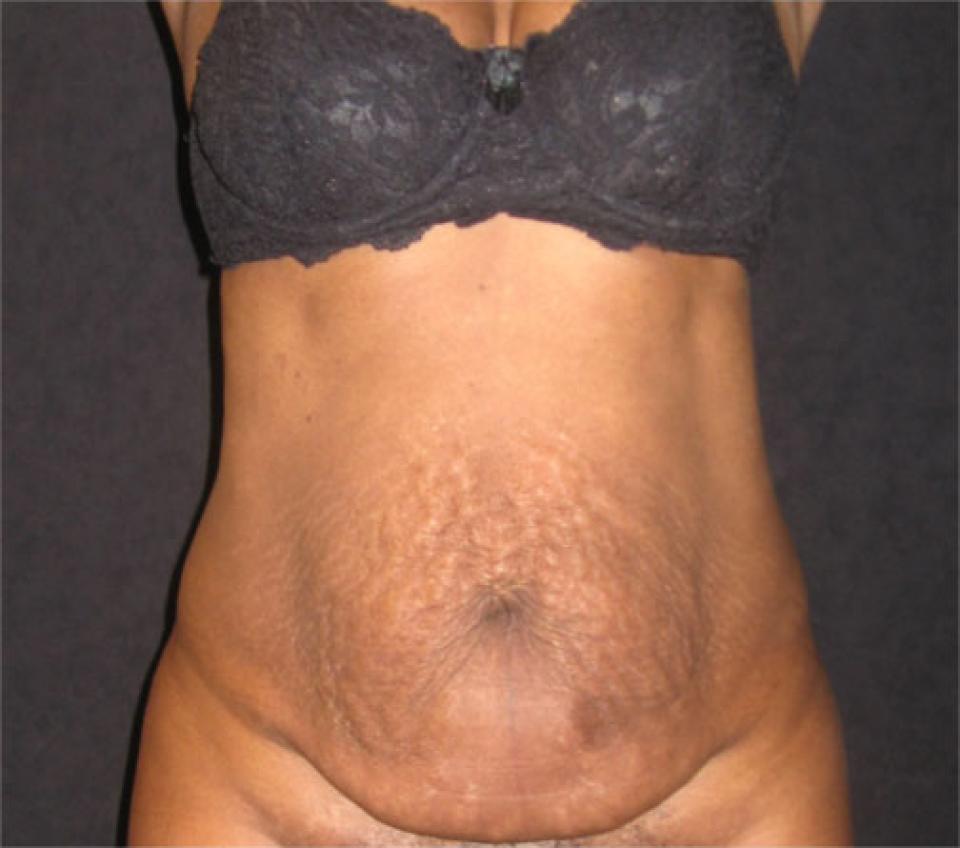 before
before
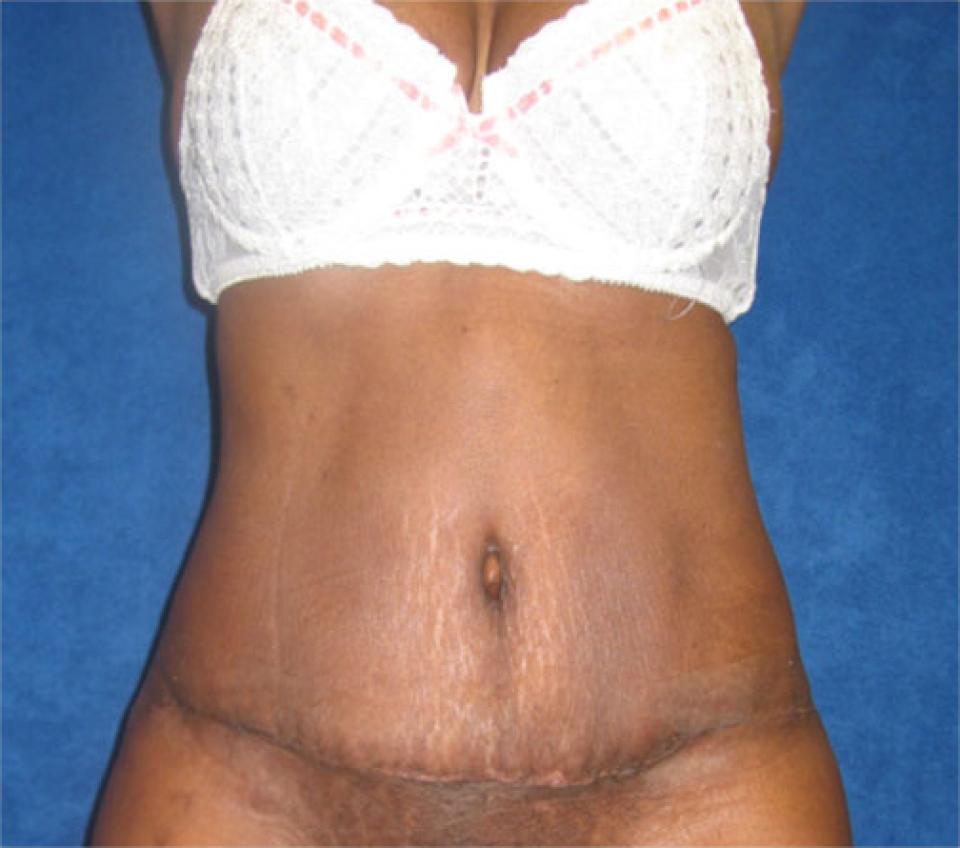 after
after
This case depicts a 44 year old woman who had borne four children and was most concerned with excess skin, which was severely affected with stretch marks, on her abdomen. Such individuals are optimal candidates for an abdominoplasty or "tummy tuck." While many of the stretch marks can be removed during this surgery, even those that remain are less noticeable when the skin is taught. An abdominoplasty is also designed to tighten the abdominal musculature, which may also be stretched or malpositioned as a result of pregnancy.
The post-operative photographs depict this woman's appearance approximately one month after surgery.
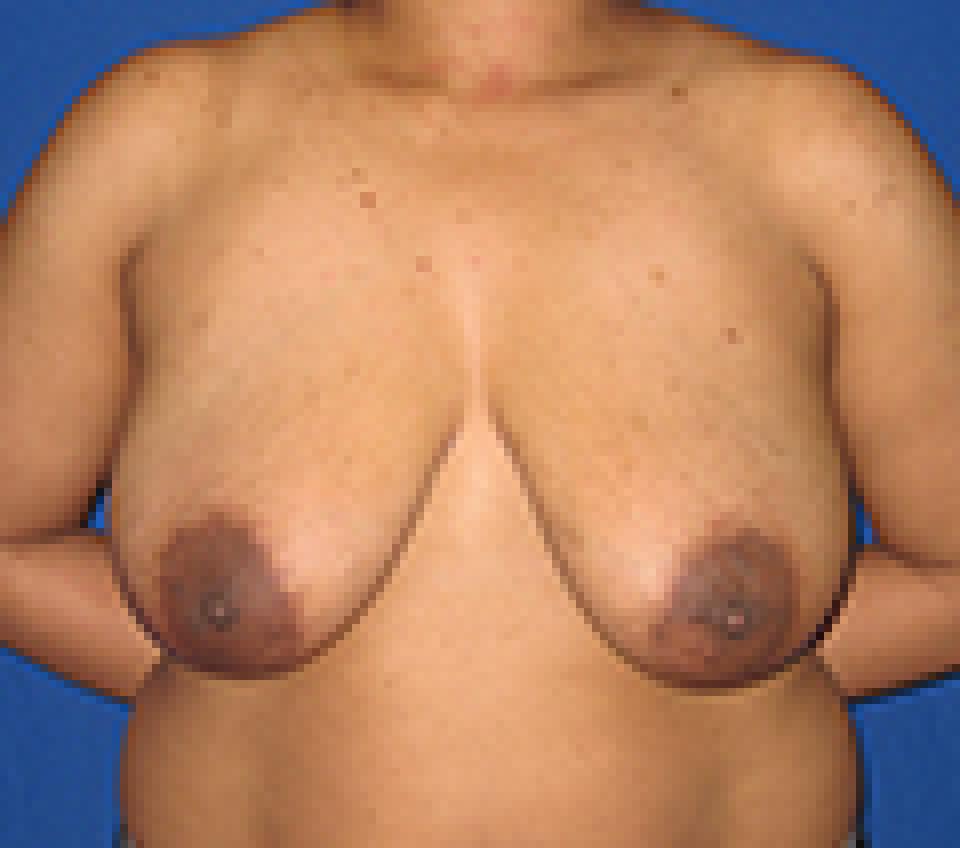 before
before
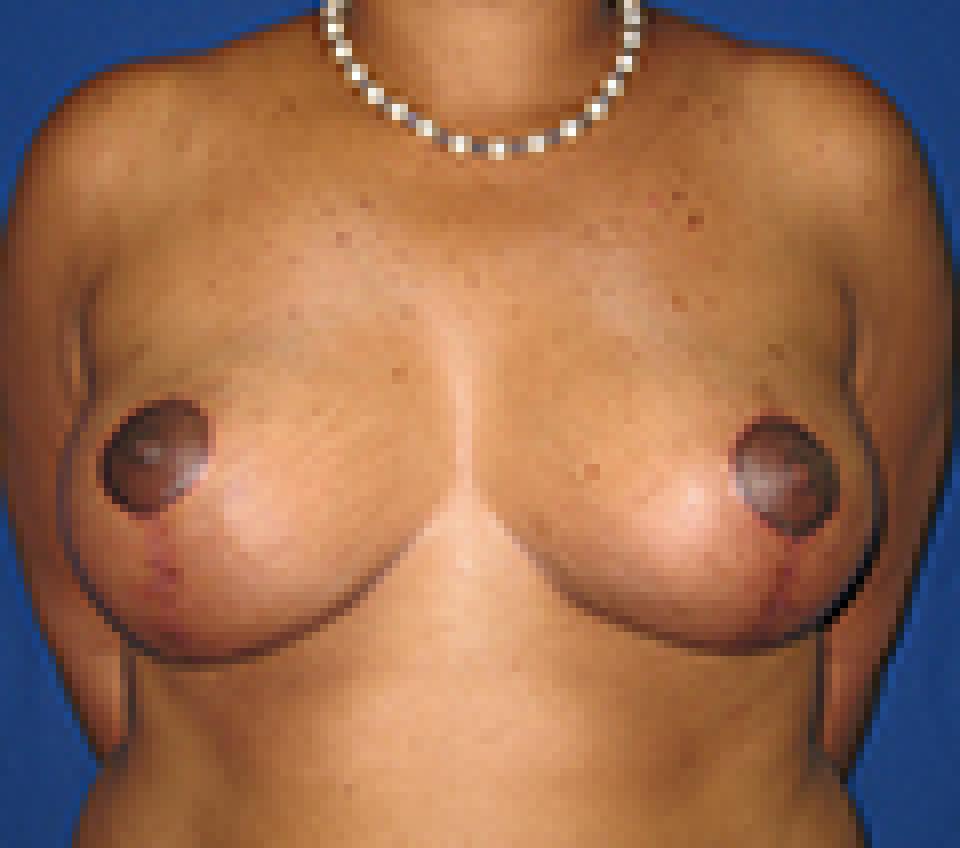 after
after
This 39 year old woman had a breast lift or mastopexy using a short scar technique which leaves behind scars in the shape of a “lollipop.” This technique, which I prefer to use, avoids any scars in the cleavage or on the side of the body beneath the arm. This makes swimsuit selection much easier if avoiding visible scars while wearing the swimsuit is a goal.
Candidates for a breast lift or mastopexy must have enough breast tissue to rearrange into a new breast shape that is typically shorter and rounder. If there is not enough breast tissue to rearrange and only excess skin, a situation that can occur when breasts involute following pregnancy, then an implant will be necessary to achieve a natural breast shape following surgery.
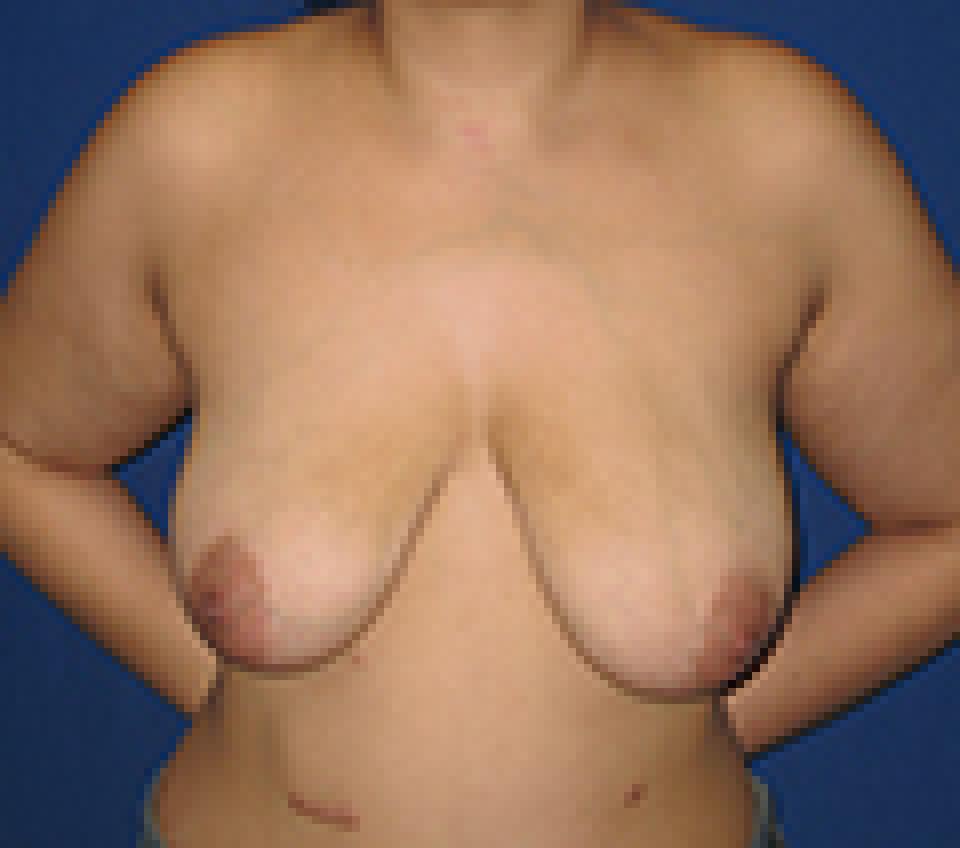 before
before
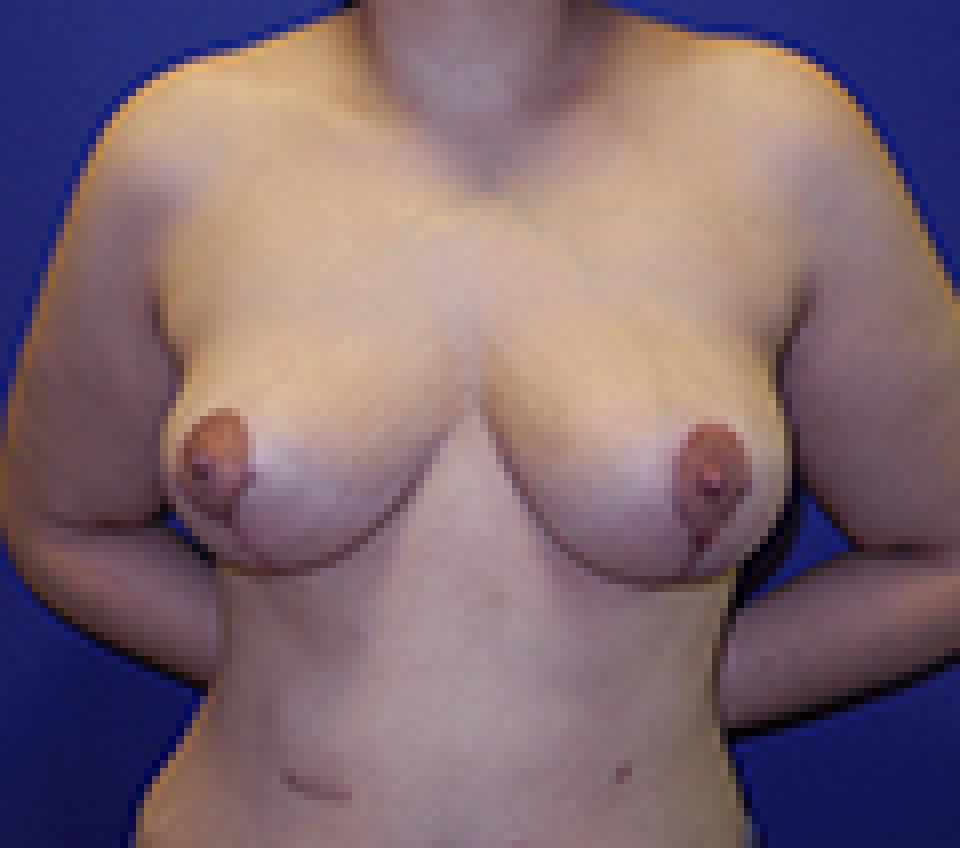 after
after
This 35 year old woman reached her plateau weight after losing 56 pounds following bariatric surgery. She had breast lift or mastopexy using a short scar technique which leaves behind scars in the shape of a “lollipop.” Some breast lifts or mastopexies are performed using a technique that results in scars that look like an “anchor,” but I prefer to use this shorter scar technique because scars are never visible in the cleavage nor on the side of the body beneath the arm. This makes swimsuit selection much easier.
This woman has a history of poor scar healing. It is relatively easy to see dark and thickened scars on her abdomen from her bariatric procedure. I feel that it is especially advantageous to avoid the “anchor” shaped scar in individuals whose scars do not heal well.
When performing a breast lift or mastopexy, very little breast tissue is removed. Instead, the existing breast tissue is rearranged so that the new breast shape is typically shorter and rounder than it was previously.
Performing a breast lift in an individual who has lost a great deal of weight is often very challenging. They tend to have an extreme amount of skin excess and relatively little breast tissue. As such, a great deal of skin must be removed while significant effort is made to preserve every bit of breast tissue possible to achieve a natural looking breast.
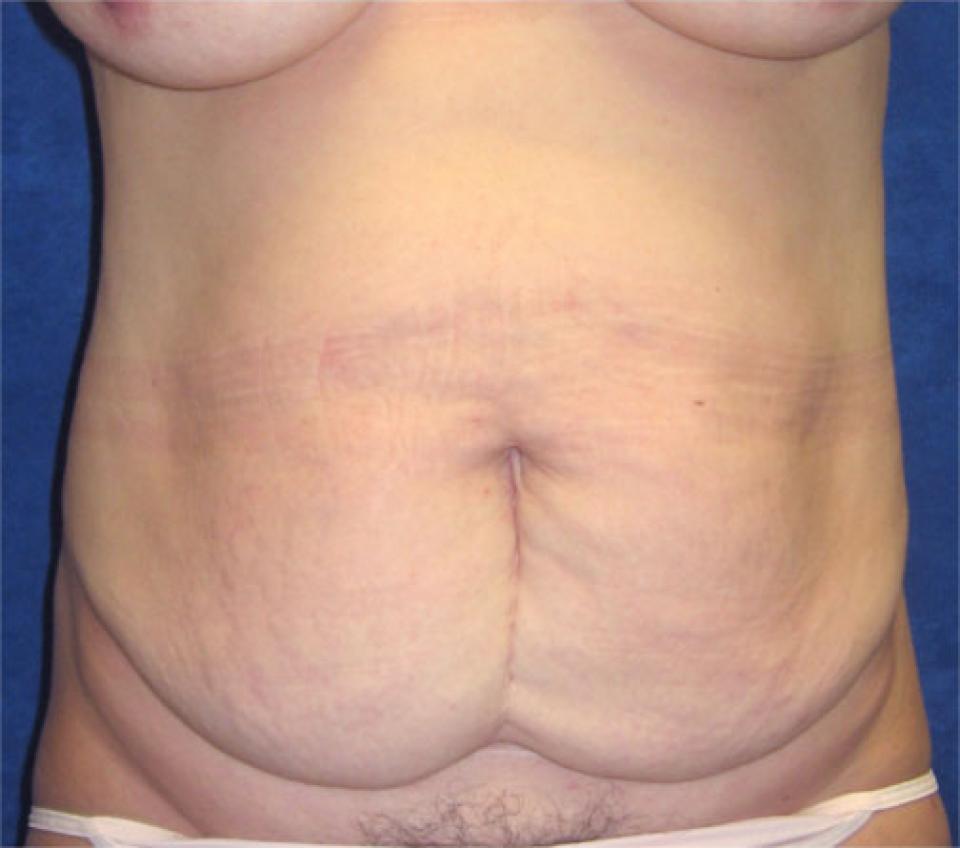 before
before
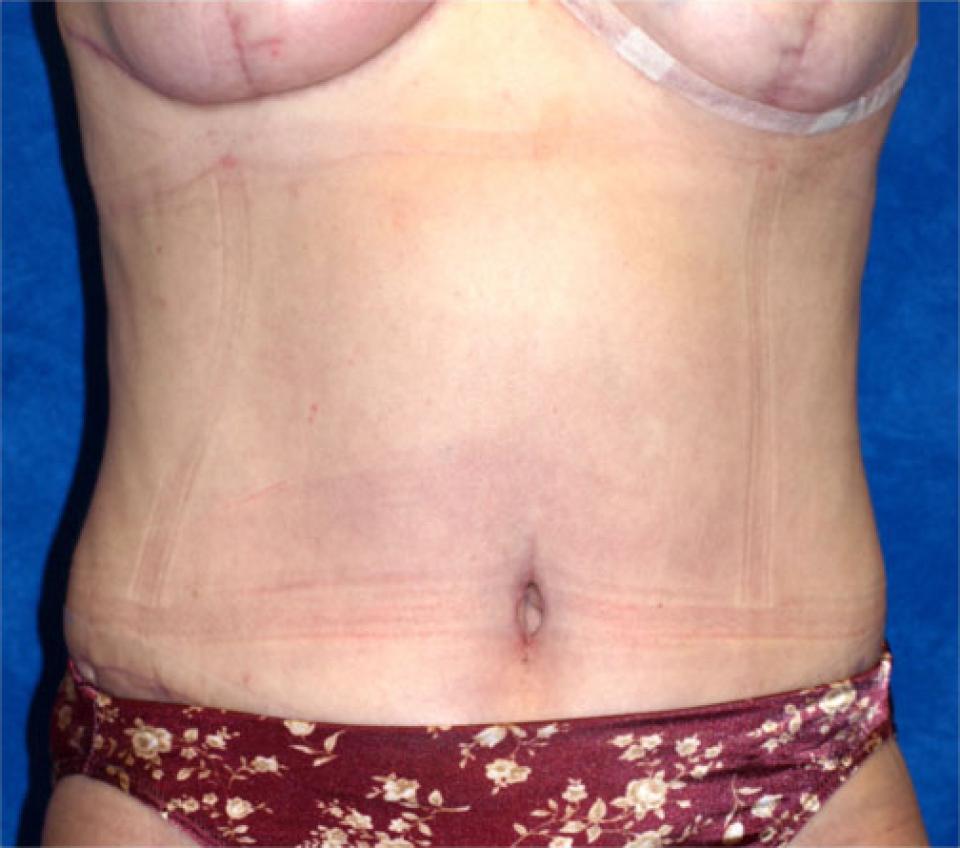 after
after
This case depicts a 40 year old woman who had borne three children via c-section. Her c-section resulted in a vertical scar starting immediately below the belly button or umbilicus. She had extra fat beneath the abdominal skin, in addition to a noticeable c-section scar.
During her surgery, the abdominal wall was tightened, portions of the excess fat beneath the skin were removed and the entire vertical c-section scar was removed. The post-operative photographs depict this woman's appearance approximately one month after surgery.
Questions Related to Incisions
Dr. Belsley's Philosophy of Breast Augmentation
When it comes to deciding what approximate breast size you wish to achieve, the best advice I can give you is that you should be guided by your physical frame. Indeed, you may in fact be limited by it. In my practice, I select implants based upon your chest measurements, the quality of your breast skin and the size of your breasts prior to surgery.
I perform breast augmentation through a peri-areolar or inframammary approach and I place that vast majority of implants at least partially beneath the pectoralis muscle. My patients are welcome to select either saline or silicone filled breast implants. Silicone filled implants can in some cases achieve a more natural feel and may be a particularly attractive option for women with less breast tissue prior to surgery.
More >>Dr. Belsley's Philosophy of Breast Lift (Mastopexy)
In my practice, I perform breast lifts using incisions that result in a “lollipop” shaped scars. With good care and a bit of luck, these incisions heal well and the scars are difficult to see from a distance. Nevertheless, a woman who undergoes a cosmetic breast lift must be prepared for scars that are visible. This is one example of a “trade-off” in plastic surgery and of course, there are many others. This is one, however, that I feel is more than worthwhile in appropriate candidates.
More >>Endoscopic brow lift pulls the frontalis muscle
The indication for surgery is the patient whose forehead has slumped down over the eyes &/or has excessive forehead lines &/or has excessive vertical lines between the eyebrows.
Essentially the procedure is to draw back the skin of the forehead into its previous position – the aesthetic surgeon has critical guidelines for designing how that should be achieved.
The endoscope (an illuminated telescope) allows the surgeon to perform his operation through several small incisions, but does not alter the principle of the procedure performed.
Brachioplasty is required when arm liposuction is not enough
Known technically as Brachioplasty the procedure is undertaken when liposuction alone is insufficient to deal with the problem of unsatisfying excess tissue in the upper arm. This is commonly found (and unkindly called “batwing”) in the aging person, more often female, and in persons who have lost weight either by dieting or bariatric surgery. Further reduction in weight might reduce the volume of fat in the dependent posterior tissues of the upper arm but will not remove the loose skin itself which continues to hang down when the arm is raised.